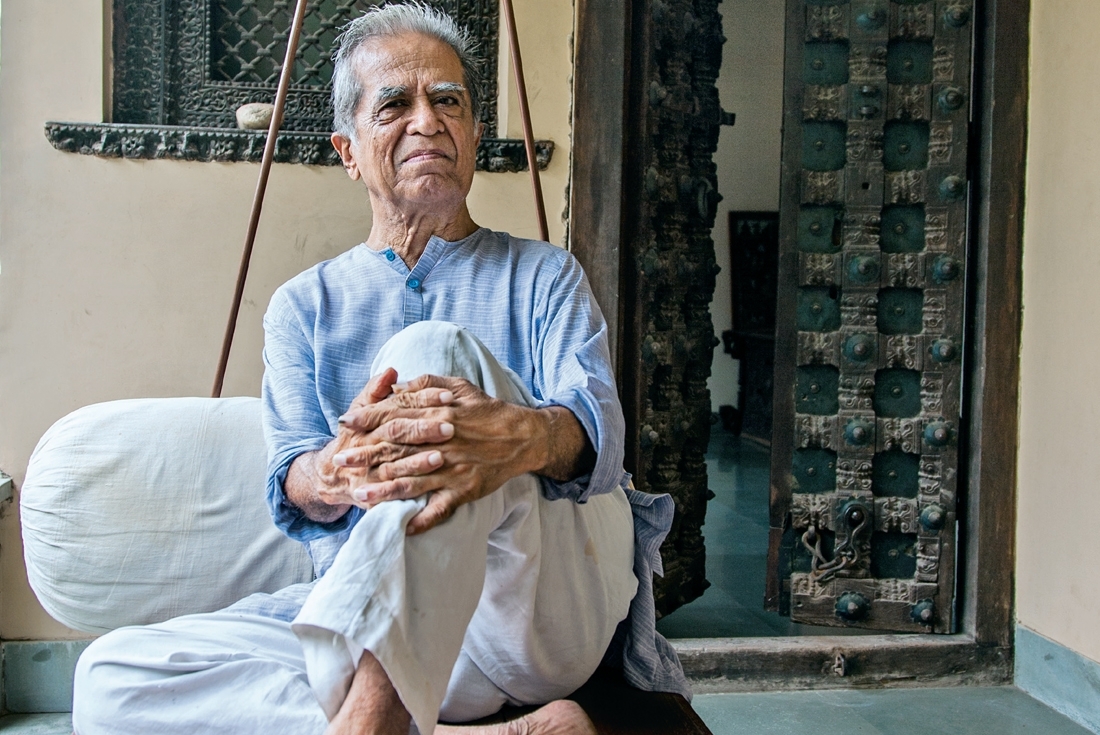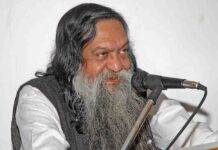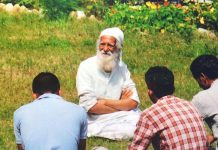Artist Haku Shah breathed his last on 21st March 2019. Haku shah belonged to the Baroda School of art and lived in Ahemdabad, India for his entire life.
The New Leam Staff

Born in 1934 shah studied at the Maharaja Sayajirao University of Barodain and further completed his masters in fine arts from the same place.
Haku Shah was famous from his work on Indian folk and tribal culture and his was awarded the Padam Shri award in 1989 for his paintings. His notable paintings titled “Krishna with cow”, “Sakhi”, “Flute Palyer”, “Jhini Jhini Bhinni Chadariya”, “Mangal Venu Renu Bhoo Mangal”.
Gujarat Vidyapith, the tribal museum in Gujarat was established by Shah himself. In addition to being a painter shah was also known for documenting various researches on tribal and rural by the virtue of being a cultural anthropologist.
Shah’s memoir “Manush” was published by him 2009, also he was the one to set up a distinct a craft’s village- Shilpgram in Udaipur in the 1980s.
In an introduction of Haku Shah published by the Jehangir Nicholoson Art Foundation, they mentioned that Haku Shah lived with a constant quest of how to practice as an artist on one hand and how to engage with the conservation and preservation of the arts and crafts of unknown and lesser known pockets of India.
Amongst his other notable works he has published books like Votive Terracottas of Gujrat(1985), Manush: An exhibition of paintings collages and Mixed media works (2007), Haku Shah Sanchayita(2011), Jiva aura Jitu(2007), Gotha(2007).
Informing the media, Haku Shah’s son mentioned that Haku Shah was keeping unwell for quite a long time and pertaining to his ill health he died on the afternoon of 21st March in Ahmedabad. Last rites of Haku Shah will be performed by Friday as the spokesperson of the family informed.














